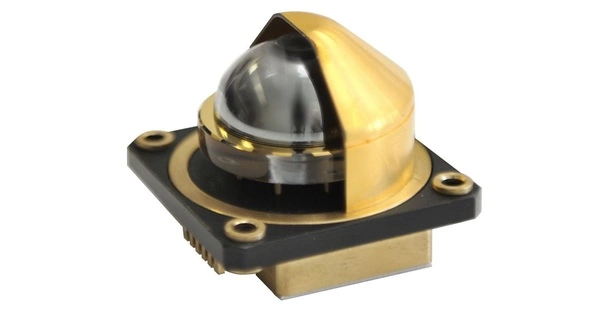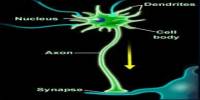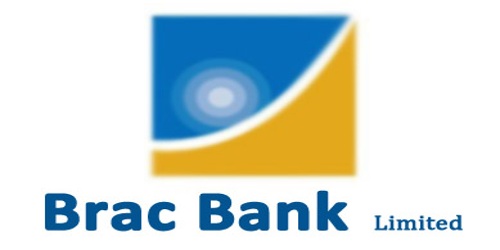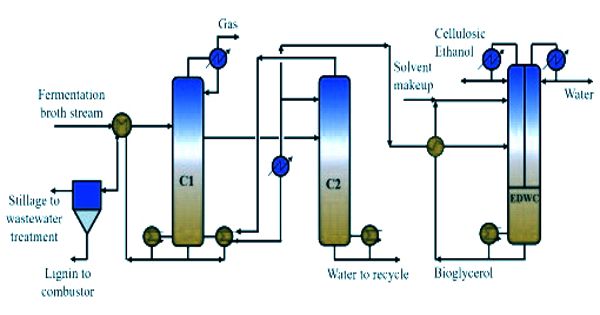The Hemispherical Resonator Gyroscope (HRG), often known as the wine-glass gyroscope or mushroom gyro, is a low-noise, high-performance angular rate or rotation sensor that is small and lightweight. It is a type of gyroscope used in navigation and control systems to measure angular velocity or orientation. It is a highly precise and sensitive gadget that detects changes in orientation using mechanical resonance principles.
A thin solid-state hemispherical shell is anchored by a stout stem to form an HRG. Electrostatic forces generated by electrodes deposited directly onto different fused quartz structures that surround the shell drive this shell to a flexural resonance. The inertial quality of the flexural standing waves produces the gyroscopic effect. Although the HRG is a mechanical system, it has no moving parts and can be very compact.
How a Hemispherical Resonator Gyroscope typically works:
- Structure: An HRG is made up of a hollow, spherical resonator made of high-quality material, usually fused silica or quartz, surrounded by a thin, elastic shell. A gas (often helium) is normally present inside the resonator to reduce air-dampening effects.
- Vibrating Resonator: Using piezoelectric transducers attached to the resonator’s surface, it is made to vibrate at a certain resonance frequency. These transducers generate acoustic waves that travel along the resonator’s inner surface.
- Coriolis Effect: The Coriolis effect is activated when the HRG rotates about its axis (due to variations in orientation). Because of this action, the acoustic waves inside the resonator interact with the shell differently depending on the rate of rotation. This contact causes a Coriolis force to occur on the resonator.
- Detection: Sensors are placed at specific points on the resonator to detect the Coriolis force-induced motion. By measuring the motion, the gyroscope can determine the rate of rotation or changes in orientation.
- Output: The gyroscope provides an output signal that represents the angular velocity or changes in orientation. This signal can be integrated to obtain information about the device’s orientation over time.
Advantages of Hemispherical Resonator Gyroscopes:
- High precision and stability: HRGs are known for their exceptional accuracy and reliability, making them suitable for demanding applications in aerospace, defense, and other industries.
- Low noise: They produce minimal noise, which is crucial for precise navigation and guidance systems.
- Long lifespan: HRGs can have a long operational life, making them cost-effective in the long run.
HRGs, on the other hand, have some drawbacks, such as their relatively high cost, sensitivity to temperature fluctuations, and vulnerability to shock and vibration. Despite these disadvantages, their accuracy and precision make them excellent instruments in situations where accurate measurement of angular velocity or orientation is required, such as satellite navigation, missile guidance, and aviation and submarine inertial navigation systems.
















